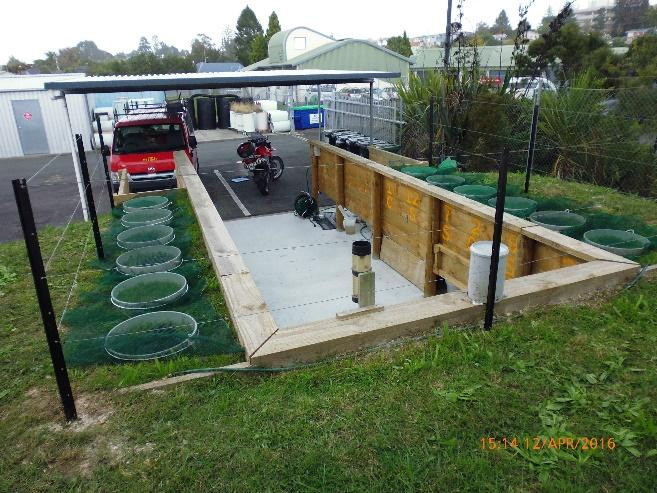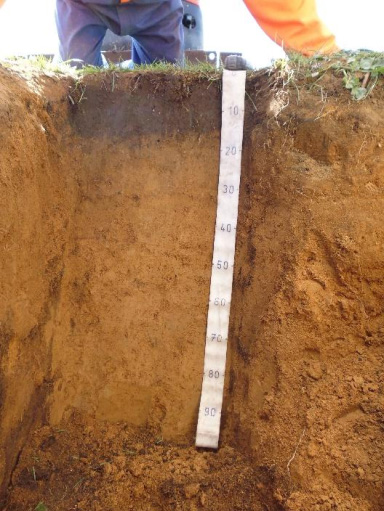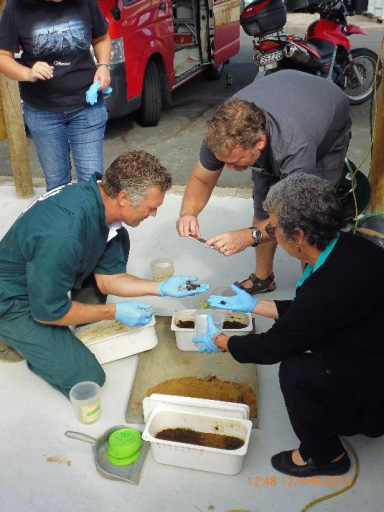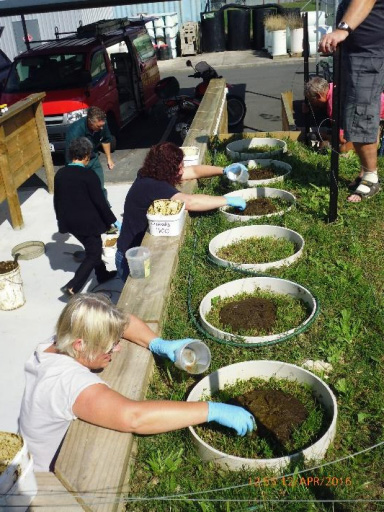The benefits of dung beetles are apparent to most livestock producers; however, more information about the impact of dung burial on transport of soil water through a wide range of soil types is needed. New Zealand researchers have been busy filling this research gap. Results are in for a loamy volcanic ash soil, and the researchers are now examining other soil types.
Tunnelling dung beetles move dung from the soil surface by building tunnels and burying the dung at various soil depths, depending upon species. This activity can provide many important ecosystem services, including enhanced nutrient cycling, resulting in increased pasture production, reduced surface water runoff, and reduction or regulation of livestock pests. However, more information about the net impact of dung beetle activity on the transport of soil water contaminants through a range of soil types is needed.
In New Zealand, dung beetles have largely been absent from pasture systems until recently; as of 2018, 7 tunnelling species had been released at several sites across New Zealand, mainly on the North Island. To assess the quality of water leaching from soil cores containing dung beetles, a trial was conducted using 12 intact soil core lysimeters containing a loamy volcanic ash soil. The soil leachates were analysed for E. coli bacteria, nitrogen and phosphorus over 6 months.
Key findings of the study were that concentrations of E. coli, nitrogen and phosphorus leaching through the lysimeters treated with dung beetles were not significantly different from those leaching from soils without dung beetles. In the lysimeters where dung was buried there was a significant decrease in E. coli, nitrogen and phosphorus in surface soil. This study suggests that dung beetle tunnelling and dung burial activity does not negatively impact the quality of water leaching through loamy volcanic ash soils in NZ. Researchers are now examining the effect of dung beetle activity on the leaching of nutrients and E. coli through two additional NZ soil orders (Ultic and Pumice Soils).



